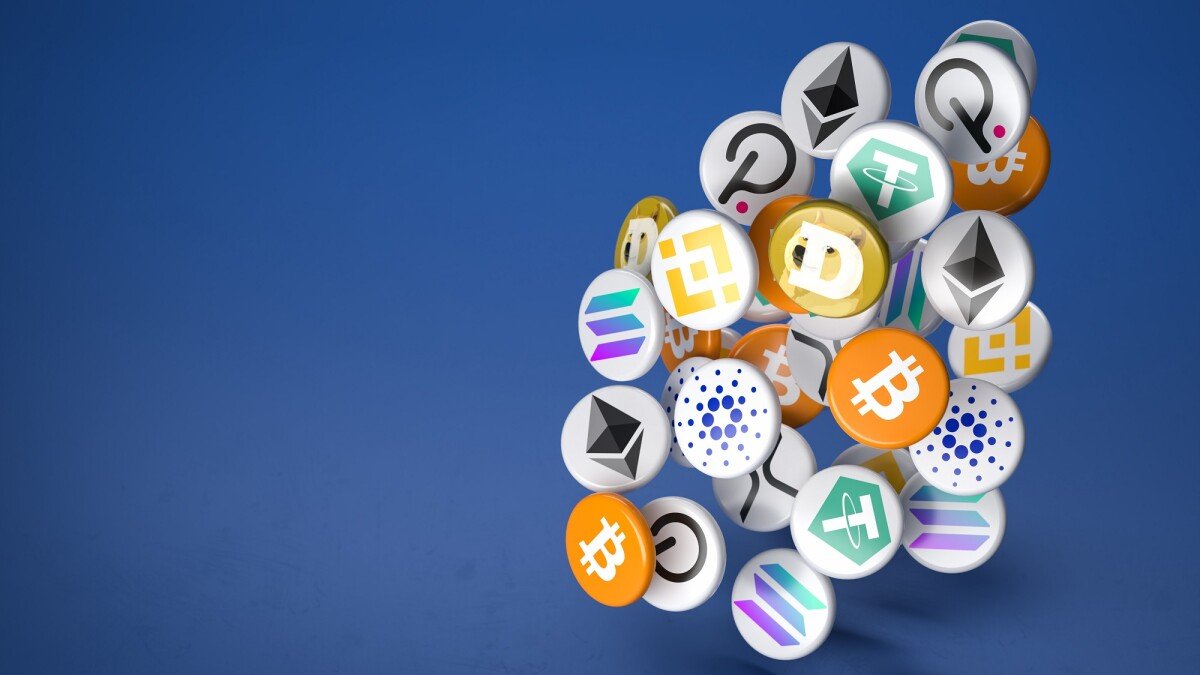Table of Contents
How cryptocurrency can impact brand loyalty in the future
Significant reputational harm was done to the industry in 2022 due to the crypto meltdown. As the cryptocurrency-fueled bubble broke, many investors suffered significant losses. Stablecoins also proved to be less stable, and authorities stepped in to enforce the centralised frameworks and safeguards that cryptocurrencies were intended to be decoupled from.
The harm was not irreparable. Crypto will bounce back. But in the eyes of investors, markets, and the general public, the utopian dream of a decentralised global currency with the same standing as fiat currency seems further away than ever.
But one of the major benefits of cryptocurrency over conventional forms of payment is its adaptability. It has much more potential to develop at a breakneck pace, to move laterally, and to accomplish things that central currencies just cannot as a digital-first form of exchange.
For instance, there’s a good probability that bitcoin may enable a completely new worldwide strategy for brand loyalty programmes given a different use case.
Why crypto fails
Blockchain is essential to how cryptocurrency works. Cryptocurrency trading enables merchants to conduct transactions among themselves, with each transaction being recorded on an uncorruptible blockchain, as opposed to traditional currency trading, which depends on gatekeepers like banks to facilitate commerce.
But crypto also carries this risk. Cryptocurrencies are rootless, relying solely on market perception to determine value, unlike fiat currencies, which are supported by central banks like the Federal Reserve. While acting as a digital reserve, stablecoins like Tether are much less secure than a central bank. As an illustration, since 2018, the Tether stablecoin has routinely traded for less than its intended set value of $1.
In other words, the crypto markets rely significantly on confidence by their very nature. Additionally, unlike the swings in typical trade, when trust evaporates, as it did in 2022, the consequences can be much more significant and swift.
How to achieve client loyalty
Many of the issues mentioned above can be solved by tying cryptocurrency to brand loyalty programmes. It is conceivable to build a system that works better for brands and their customers while simultaneously forming a crypto marketplace that is more appealing to investors by giving digital currencies a concrete, real-world value.
Brands get immediate results by substituting antiquated, cumbersome loyalty programmes with blockchain-based initiatives. They can include every rule of their programme in a Smart Contract, making the entire chain visible and unchallengeable from earning to redemption. This reduces the hassle of reconciliation and the risk of fraud all at once.
Nevertheless, the prospects are much higher now because to blockchain. According to Andrew Doxsey, co-founder of Libra Incentix, a business at the forefront of transforming loyalty programmes with blockchain technology: “The concept is that we’re attempting to combine numerous loyalty programmes from various industries and nations, enabling them to be redeemed in a borderless manner. Because all points inside blockchain are supported by the same platform, they are all interchangeable.”
The benefit of this is that all points generated by a brand and earned by customers now have far higher utility. They become completely transferable, therefore they are no longer restricted to being used with the same company (or one of their partners). Customers might use their points as a trading token, to convert them straight into fiat currency, or to release savings in a global marketplace.
As Doxsey puts it “Our goal is to do away with points entirely. Through our loyalty management platform, brands can reward customers with their own digital rewards and mint their own tokens or a collection of NFTs, giving them a level of control and personalization that actually matters “.
Read More: The Crypto Rich List: The 50 Richest People in Crypto World
The development of loyalty parallels that of cryptocurrency.
2022 was a difficult year for cryptocurrency. But fresh use cases like this one give us a chance to reconsider the potential of digital currency. Combining loyalty programmes and cryptocurrencies is a tremendous opportunity to demystify cryptocurrencies in the eyes of customers by giving them real value in the form of tradable crypto tokens instead of rigid loyalty points. At the same time, it provides a means of bolstering cryptocurrency with real value in order to boost trust in the eyes of investors.


